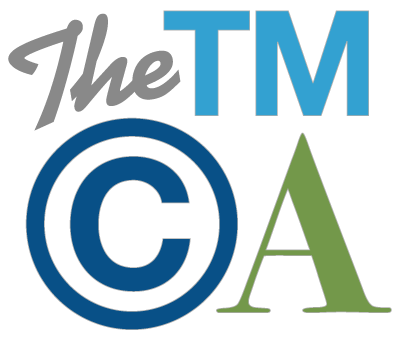How to Infringe a Certification Mark – The Second Circuit Counts the Ways
We blogged last week about a recent decision by the Court of Appeals for the Second Circuit in International Information Systems Security Certification Consortium, Inc. v. Security University, LLC, in which the Court confirmed the legal standard for assessing likelihood of confusion when a defendant has made nominative use of a plaintiff’s trademark. The decision also provides valuable guidance about the different ways in which a certification mark can be infringed. As reported trademark cases involving certification marks are few and far between, it is worth focusing on this aspect of the Second Circuit’s decision.
The plaintiff in the case, referred to as ISC², is the owner of the registered certification mark CISSP, used to certify Certified Information Systems Security Professionals who have achieved certain standards of competency in the information security field, including passing a CISSP certification examination. Security University (SU) offers training seminars to prepare individuals for ISC²’s certification examination and described one of its teachers in advertising material as a “Master CISSP.” The teacher in question in fact had been CISSP-certified.
The district court granted summary judgment to SU on ISC²’s claims for infringement and false designation of origin, reasoning that no reasonable juror could find that SU’s use of the CISSP mark suggested that ISC² was the source of SU’s training classes. The district court also observed that it is “hard to imagine a case” in which use of a certification mark by a person who has met the requirements for certification would lead to likely confusion as to source.
The Second Circuit reversed, criticizing the lower court’s “misperceptions” that the only type of confusion relevant to an infringement claim of a certification mark is confusion as to source. As the appellate court explained, a certification mark is a “special sub-category of marks which, unlike other trademarks, is intended to be used by those other than its owner to indicate the quality, accuracy or other characteristics of the goods or services.”
Because certification marks are “generally not used to designate source at all,” the Second Circuit observed that considering only source confusion would “make little sense” in the context of a claim of infringement of a certification mark. Moreover, while certification marks serve a different function from other types of marks, the Lanham Act provides that certification marks are generally entitled to the same protection from infringement as other trademarks. This would include protection from unauthorized uses that cause confusion not just as to source, but also as to sponsorship, approval, affiliation or connection with the certification mark owner.
With this broader conception of likely confusion, the Second Circuit confirmed the “numerous ways in which a certification mark can be infringed,” offering the following examples: (1) use of a certification mark in the resume of a professional who is in fact not certified by the certification mark owner; (2) adoption of a confusingly similar certification mark by a competing certifier; (3) incorporation of a plaintiff’s certification mark into a defendant’s composite mark for a product, even where that product contains ingredients certified by the owner. The Court also emphasized that it is not a prerequisite to a claim of infringement of a certification mark that a defendant use the plaintiff’s mark as a certification mark. Thus, SU’s description of one of its teachers as a “Master CISSP” could potentially infringe ISC²’s mark even if SU is not attempting to compete with ISC² by offering its own “Master CISSP” certification.
On remand, the district court was directed to consider “the numerous types of confusion that are relevant to an infringement analysis other than mere source confusion and the numerous ways in which a certification mark may be infringed.” The lesson of the case? When infringement of a certification mark is at issue, a plaintiff should think broadly in terms of how the unauthorized use might be causing confusion as to approval by or a relationship between the plaintiff and the defendant.







